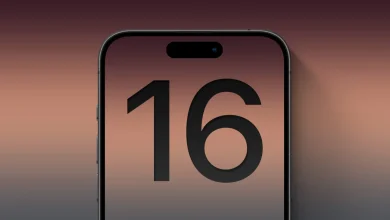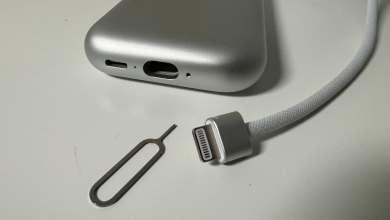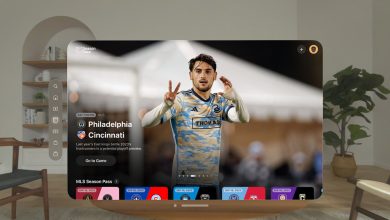iPhone 15 Plus Lasts 13 Hours, New Battery Champ in the World

This year’s iPhone 15 series was the first in the industry to feature a 3nm chipset, the A17 Pro. While it does showcase a level of upgrade over last year’s A16 Bionic, it does so at the expense of energy efficiency, which isn’t something you’d expect to come hand in hand with smaller chipsets.
Initial reviews for the iPhone 15 Pro(s) do tend to give the impression that the power consumption is notably high in large cores, however the smaller cores do make up for the lost efficiency. But, how does all that affect battery performance?
Apple’s Priorities Might Have Changed, but the ‘Plus’ Is Still the King
Mrwhosetheboss, like each year, conducted a battery test on the current-gen iPhones, comparing them to ones from recent years. In this test, he evaluated the iPhone 15 Pro Max, 15 Pro, 14 Pro Max, 14 Pro, 15 Plus, the vanilla 15 and 13 Pro Max.
The test comprised normal day-to-day applications, similar to what a normal person would do, such as watching videos on TikTok and YouTube, surfing the internet, listening to music on Spotify, and playing games, etc.
These are the results on how Apple’s latest flagships from the last three years stack up against each other.
- iPhone 15 Plus / 13hrs 19mins
- iPhone 15 Pro Max / 11hrs 41mins
- iPhone 13 Pro Max / 11hrs 19mins
- iPhone 14 Pro Max / 10hrs 54mins
- iPhone 15 / 9hrs 57mins
- iPhone 15 Pro / 9hrs 20mins
- iPhone 14 / 9hrs 2mins
While these numbers are by no means ‘bad’ in any way, they do go to show how Apple’s priorities have changed within the last few years, evident by a narrow deviation from the mean. However, if you still need the best of the best when it comes to battery life, well, Apple has it – the iPhone 15 Plus.
The phone is now Apple’s new battery champ after the iPhone 13 Pro Max from last year. Thirteen hours of screen-on time are really great for a phone, considering how most of the competition fails to even meet this without significantly bumping up the battery size
As for the relatively higher differences between the first and second, well, it all comes down to the output you’re getting on the other side of the phone. For starters, the Plus doesn’t come with a ProMotion display, meaning that it will use less power at 60Hz when comparing it to 120Hz. Keep in mind that the LTPO displays on the ProMotion phones have the ability to dial all the way down to 10Hz when required, so it can actually benefit you in some ways too.
The other reason is how the Plus just has the older, more energy-efficient A16 Bionic, and since it isn’t a Pro, it doesn’t come with all those premium features too. It’s important to note that this test wasn’t ‘entirely’ fair since the iPhone 15 Pro Max had the SIM in it for the test, but as is clarified at the end of the video, it wouldn’t have made a significant difference on Wi-Fi.
This test further cements the notion how Apple has some of the most well-optimized phones on the planet. While there are iPhones from 2021 that still stack up against the very best in competition, the other side has phones that fail to keep up after some years of use.
This is all we know for now, but rest assured that we will keep you updated as new information becomes available.





